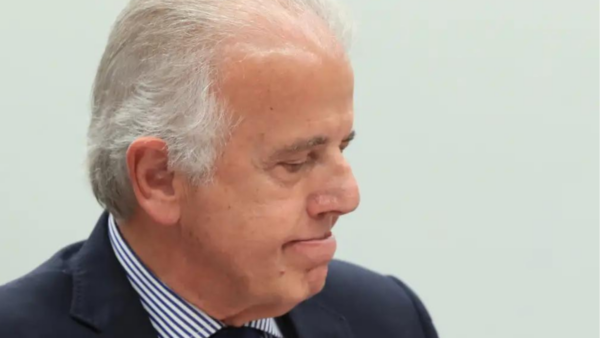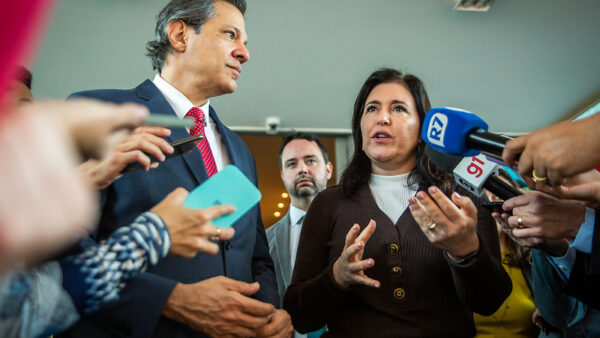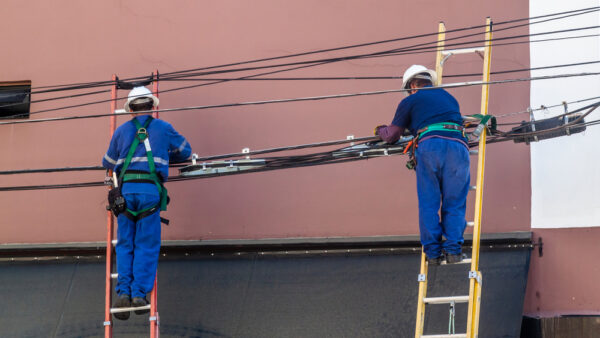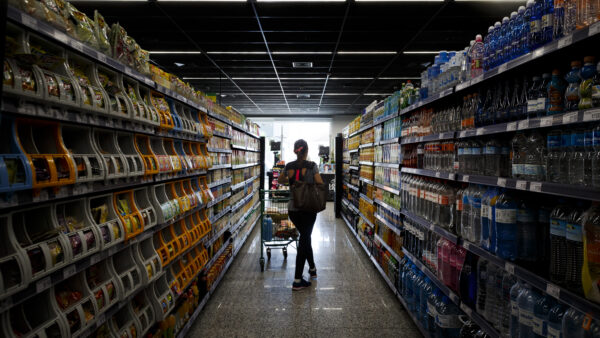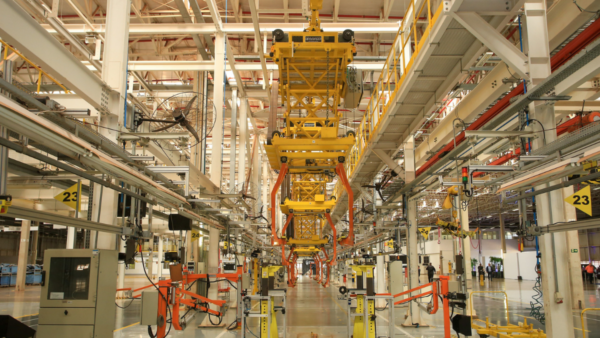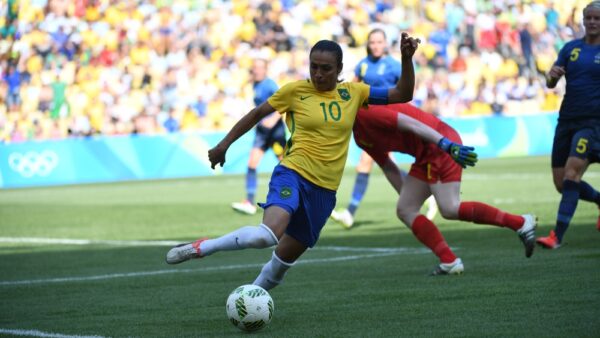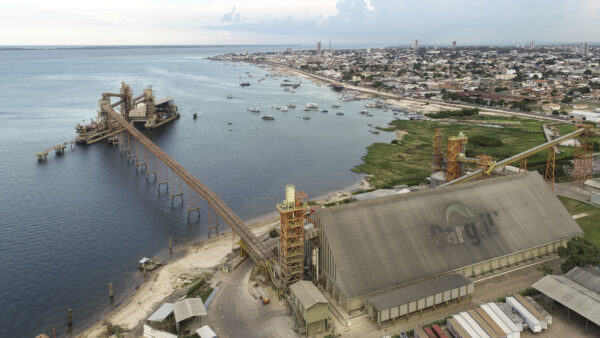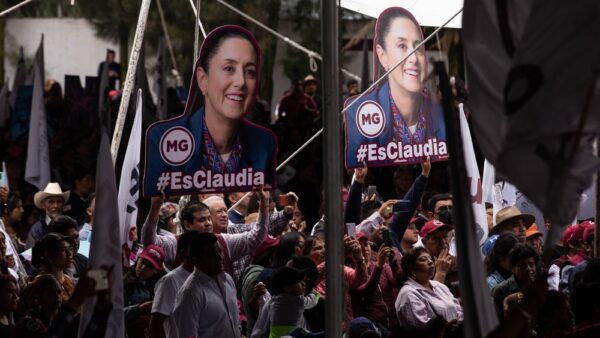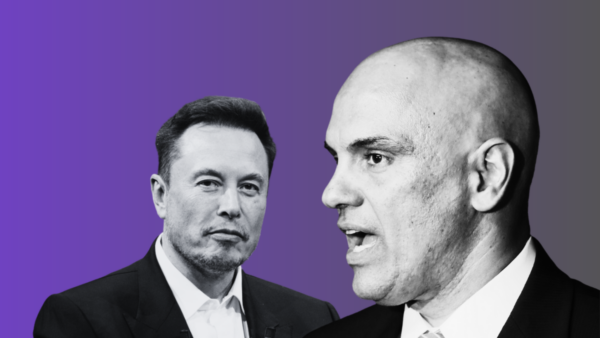The Central Bank’s latest Focus Report, a weekly survey of leading banks and investment firms, shows increased market projections for the country’s benchmark interest rate in 2024. The median of analysts’ estimates for the Selic rate jumped from 9.75 to 10 percent at the end of this year. It is the fourth consecutive week of increases to this estimate and adjustments to projections for the coming years.
While the median projection for 2025 stood still at 9 percent, those for 2026 and 2027 climbed from 8.50 to 9 percent. Also, for the third week in a row, the estimates for inflation have risen, to 3.80 percent this year and 3.75 percent in 2025 – both way above the 3 percent target.
It is a much less optimistic view than that of August last year, when, influenced by the beginning of the cycle of cuts by the Central Bank’s Monetary Policy Committee (Copom) and the general feeling that the country’s economy was slowing down, giving room for such a movement, analysts predicted a Selic rate of 9 percent at the end of 2024.
Last week, the Central Bank released the minutes of its latest policy meeting, after which it decided to make a scant 0.25-point cut to the country’s benchmark interest rate, which now stands at 10.5 percent. The bank reinforced the change in forward guidance signaled in its latest decision and doubled down on its message of growing concern regarding Brazil’s fiscal fragility and the more adverse global environment for emerging economies. While five of the nine members of Copom decided for the smaller cut, all of them adopting a tighter and more cautious monetary policy with no indications about future movements agreed that adopting a tighter and more cautious monetary policy with no indications about future movements was needed in order to “re-anchor” market expectations.
While this explanation may have appeased some investors and analysts — as many of them saw political undertones in Copom’s split decision — it also reinforced the idea that next year, when President Luiz Inácio Lula da Silva will elect the new head of the monetary authority, a less conservative and market-friendly Copom may emerge.
This also adds new levels of uncertainty to economic expectations, which contributes to their de-anchoring, as seen in this latest Focus.
If the new projections are confirmed, however, only two more cuts of 0.25 would occur this year, contributing to the slowdown in economic activity in the second half of the year. Not surprisingly, analysts also reduced their estimates for this year’s GDP from 2.09 to 2.05 percent.


 Search
Search







